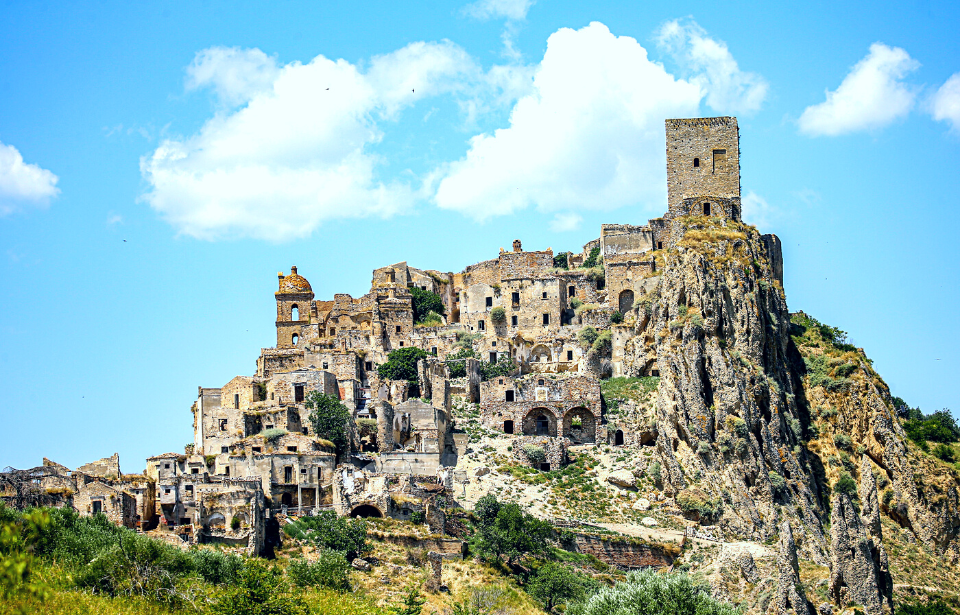Dating back to the eighth century, the Italian village of Craco has gone through centuries of hardship, including the Black Plague, plunderers, and the drama surrounding the unification of Italy. But it wouldn’t be any of these hardships that caused the once-growing village to become abandoned – instead, it would be Mother Nature that forced all of its inhabitants to relocate. Now, it sits empty as a glimpse into medieval architecture.
Perched atop a hill
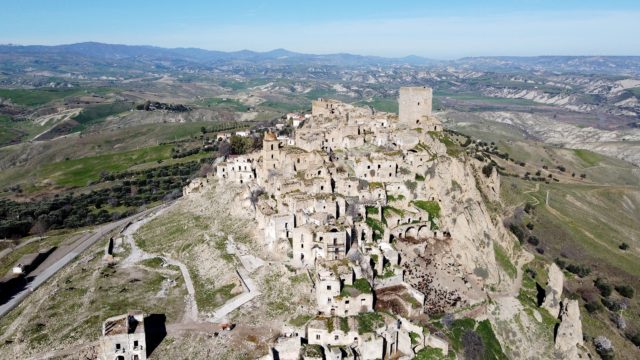
Located in the southern province of Matera in Italy, Craco was strategically perched atop a hill. The geographical location of Craco was ideal when dealing with plunderers and marauders. The visibility of the valleys surrounding the village allowed its population to be well-prepared for the invasions and occupancies they experienced over the centuries. Unfortunately, the location also serves as a disadvantage against natural disasters, including earthquakes, landslides, and floods.
The remains of the town
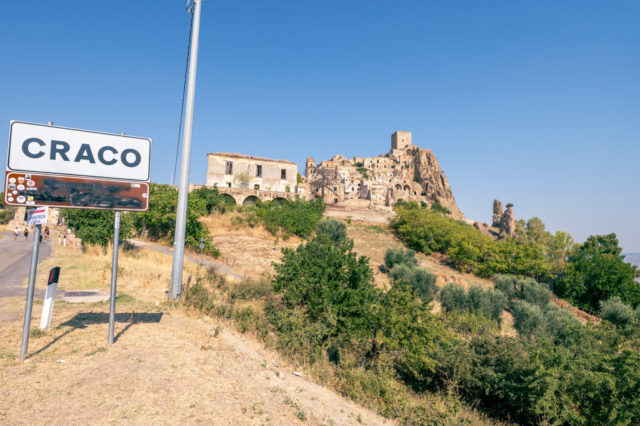
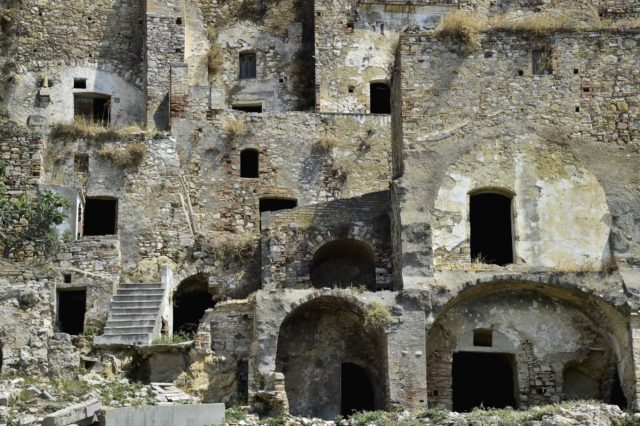
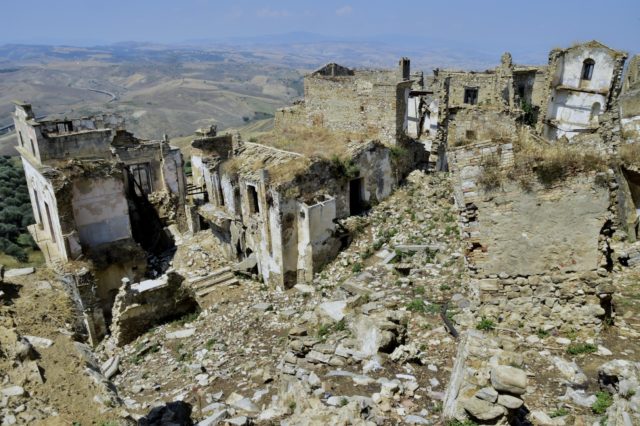
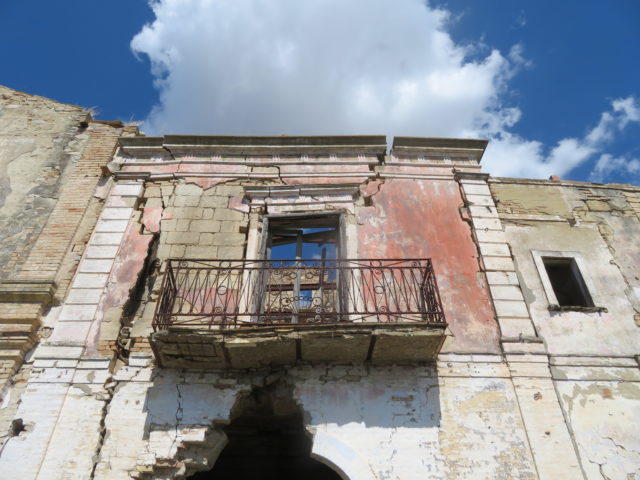
In 1600, the village experienced its first substantial landslide, but it was not damaging enough to have the residents evacuate. The village then survived through the Black Plague in the mid-1600s and soon began to prosper as it overthrew the feudal system it had been forced to adopt centuries prior. The village of Craco even fell under Napoleonic rule, but managed to outlast that as well, and in 1815, the population of the village was so large that it was split into two separate districts.
Inhabitants were forced to move
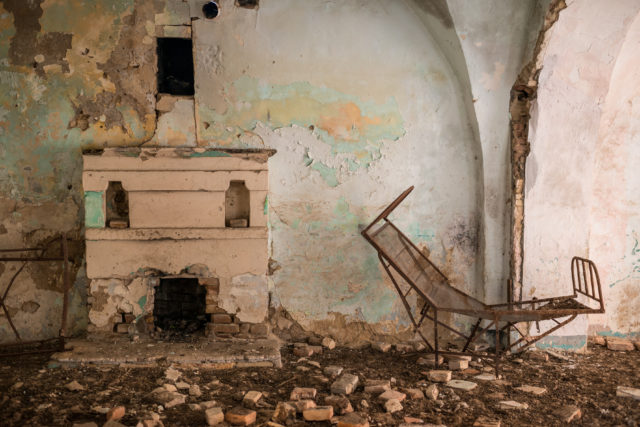
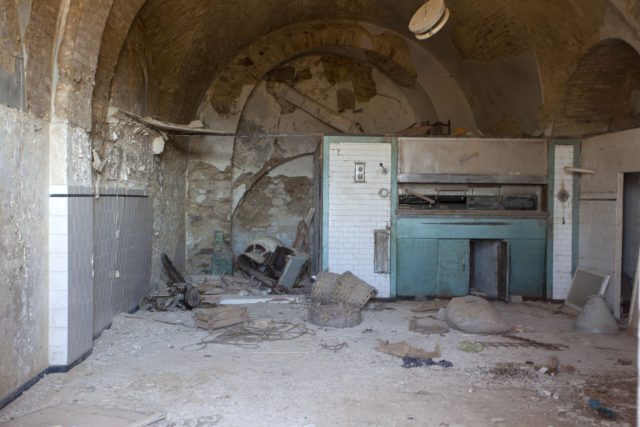
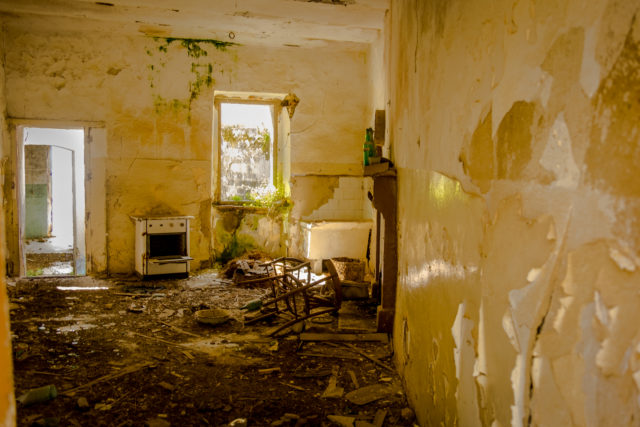
It was during the late 19th century that Craco saw its first migration of inhabitants out of the village. At this time, poor agricultural conditions caused severe famine to sweep across the village. As a result, a mass migration occurred and about 1,300 people packed their bags and headed for North America. It wasn’t until 1963 that the remaining 1,800 inhabitants were evacuated from Craco down the mountain to a valley called Craco Peschiera.
The timing worked out pretty well. In 1972, the abandoned village experienced a flood, and in 1980, experienced a destructive earthquake.
Host to religious festivals
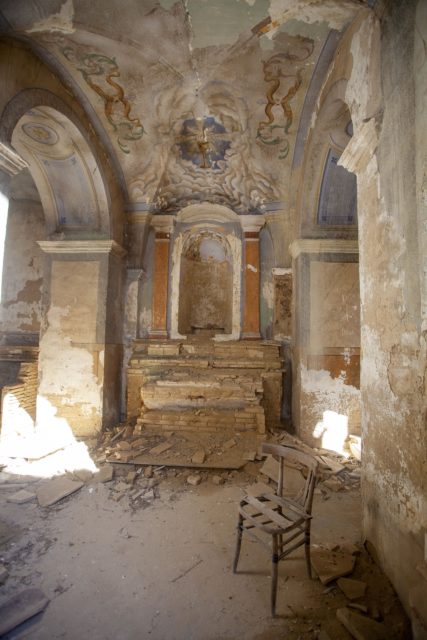
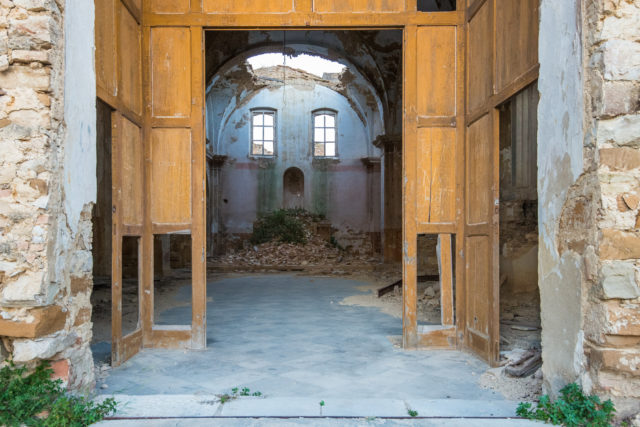
But just because Craco has become a ghost town does not mean it isn’t still visited! Not only has the desolate village become a tourist attraction, but it’s also the site of multiple festivals between May and October. Life returns to the dilapidated streets during these times, as the festivals pay homage to the Virgin Mary and Saint Peter. Descendants of immigrants of Craco even run a website called The Craco Society. They believe that “Although ‘Craco Vecchio’ is no longer inhabited, it remains robust in the minds and hearts of the Crachese people everywhere.”
More from us: The Unusual (and Monstrous) Sculptures of Italy’s Gardens of Bomarzo
As of now, the village of Craco continues to cave in on itself, with many buildings succumbing to collapse. Even still, the beautiful medieval architecture can be witnessed as the backdrop to films like The Passion of The Christ (2004) and Quantum of Solace (2008).
